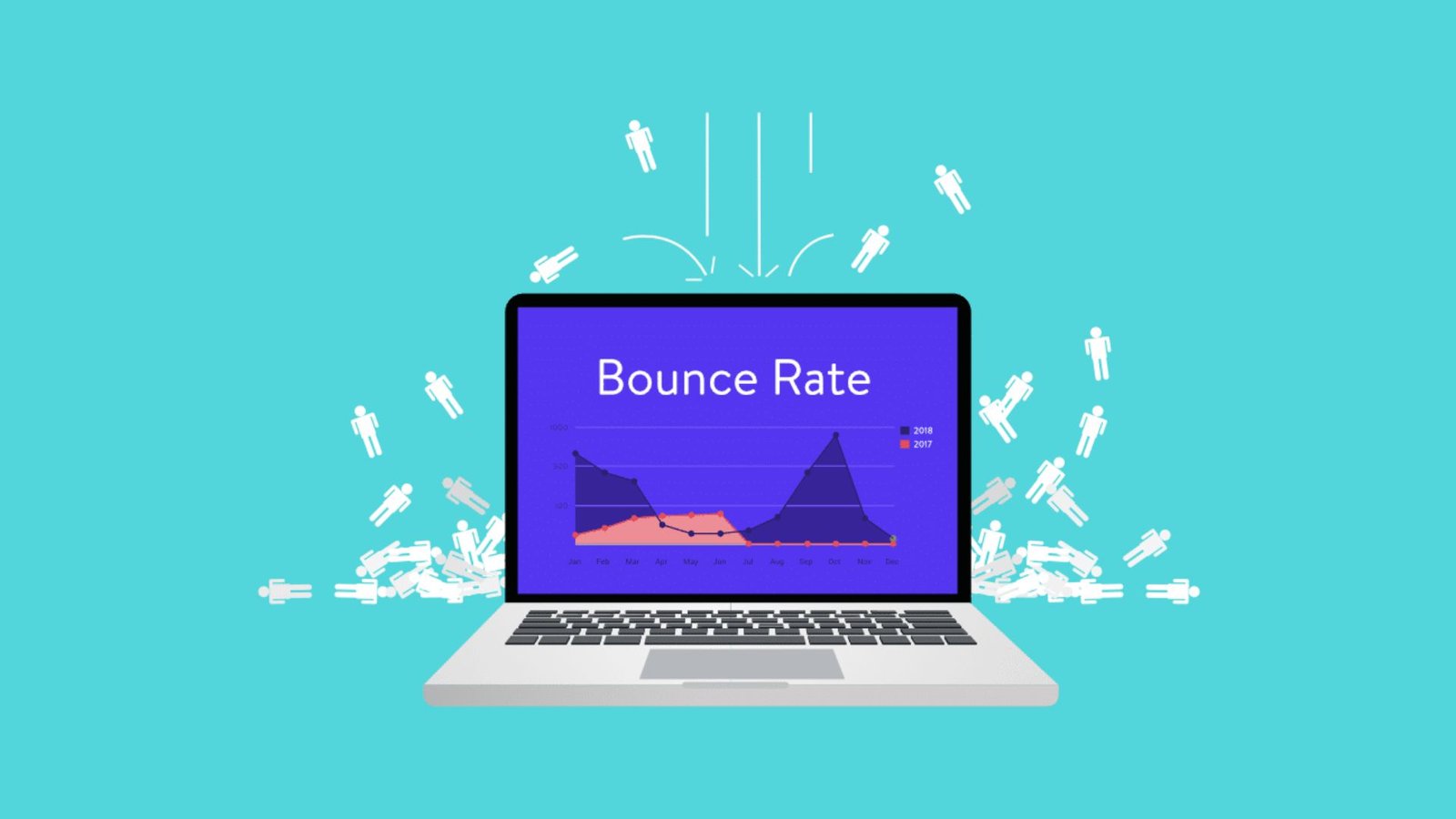Reducing website bounce rates is crucial for maintaining user engagement and improving overall site performance. A high bounce rate means visitors leave your site quickly without exploring further, which can hurt your rankings and conversion rates. In this article, we’ll share some effective tips for reducing website bounce rates, ensuring that your visitors stay longer and interact more with your content.
Reducing Website Bounce Rates
1. Improve Page Load Speed
One of the top reasons for high bounce rates is slow page load times. Visitors expect websites to load quickly; if your site is sluggish, they might leave before it even finishes loading. To improve load times, optimize images, enable browser caching, and use a Content Delivery Network (CDN). Fast-loading pages can significantly reduce bounce rates and enhance user satisfaction.

2. Optimize Mobile Experience
With more people browsing on mobile devices, ensuring your site is mobile-friendly is essential. A responsive design adapts to different screen sizes and provides a seamless experience across all devices. Check that your site’s text is readable without zooming, buttons are easy to click, and navigation is straightforward. A smooth mobile experience helps in reducing bounce rates for mobile users.
3. Enhance Content Quality
High-quality, engaging content keeps visitors interested and encourages them to explore more pages. Make sure your content is relevant, informative, and well-organized. Use headings, bullet points, and images to break up text and make it easier to read. Engaging content that meets visitors’ needs is key to reducing bounce rates.
4. Improve Navigation
A confusing or cluttered navigation menu can frustrate users and lead to higher bounce rates. Ensure your navigation is clear and intuitive. Use descriptive menu labels and provide easy access to key pages. Implementing a search function can also help visitors find what they’re looking for quickly, reducing the likelihood of them leaving your site.
5. Use High-Quality Visuals
Visual elements like images and videos can capture visitors’ attention and keep them engaged. However, make sure these visuals are high-quality and relevant to your content. Poorly chosen or low-resolution images can have the opposite effect, leading to higher bounce rates. Investing in good visuals can enhance the overall user experience and reduce bounce rates.
6. Include Clear Calls to Action
Effective calls to action (CTAs) guide visitors toward taking the next step, whether it’s signing up for a newsletter, making a purchase, or exploring more content. Place CTAs prominently on your pages and ensure they are compelling and relevant. Clear CTAs can keep visitors engaged and reduce the chances of them bouncing from your site.
7. Simplify Forms
Lengthy or complex forms can deter visitors from completing them, leading to higher bounce rates. Keep forms short and simple, asking only for essential information. Use auto-fill options and clear instructions to make the process easier. A streamlined form experience can encourage visitors to stay and complete their interactions.
8. Ensure Content Relevance
Visitors are more likely to stay on your site if they find content that matches their expectations. Ensure that your content is relevant to the keywords and topics that brought visitors to your site. Use targeted content and avoid misleading headlines or meta descriptions that don’t align with the page’s content.
9. Monitor User Behaviour
Tracking user behaviour with tools like Google Analytics can provide valuable insights into why visitors might be bouncing. Analyze metrics such as average session duration, pages per session, and exit pages. Identifying patterns can help you make data-driven decisions to address issues and reduce bounce rates.
10. Improve Internal Linking
Effective internal linking helps visitors navigate your site and discover more content. Use contextual links within your content to guide users to related pages. A well-structured internal linking strategy can increase time spent on your site and reduce bounce rates by encouraging visitors to explore more pages.
11. Update and Refresh Content
Outdated content can make your site appear neglected and uninviting. Regularly update and refresh your content to keep it relevant and engaging. Fresh content can attract returning visitors and encourage new users to stay longer, contributing to lower bounce rates.
Conclusion
Reducing website bounce rates involves a combination of optimizing performance, enhancing user experience, and providing valuable content. By implementing these tips, you can create a more engaging and user-friendly site that encourages visitors to stay longer and interact more. Lower bounce rates not only improve your site’s performance but also contribute to better overall user satisfaction and conversions.



